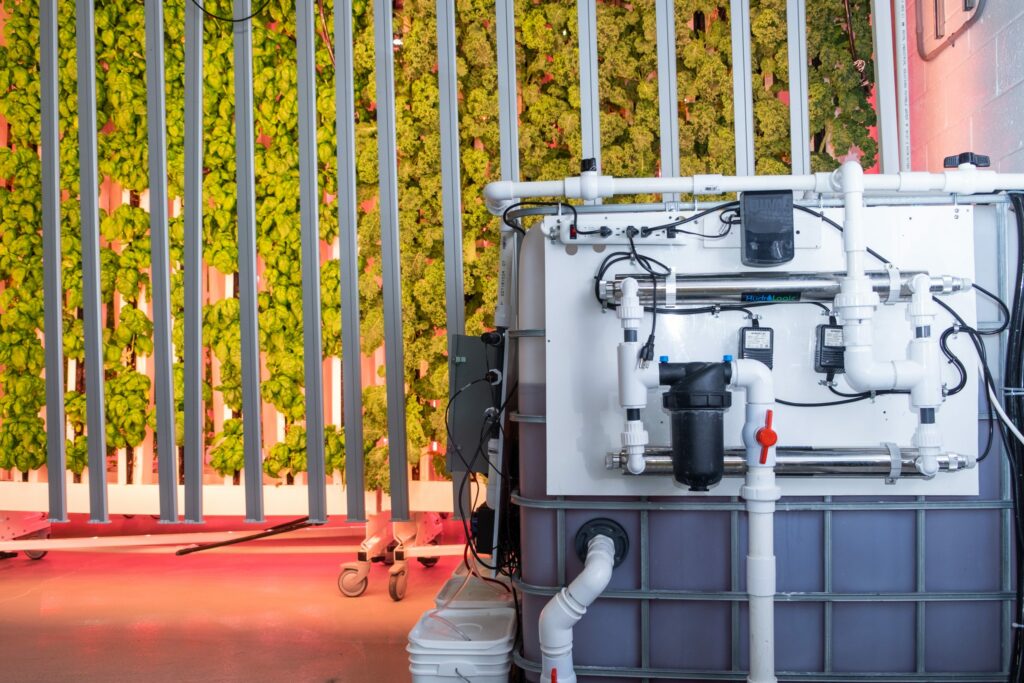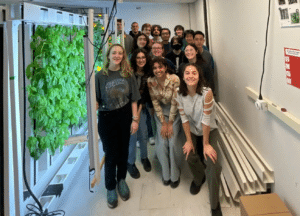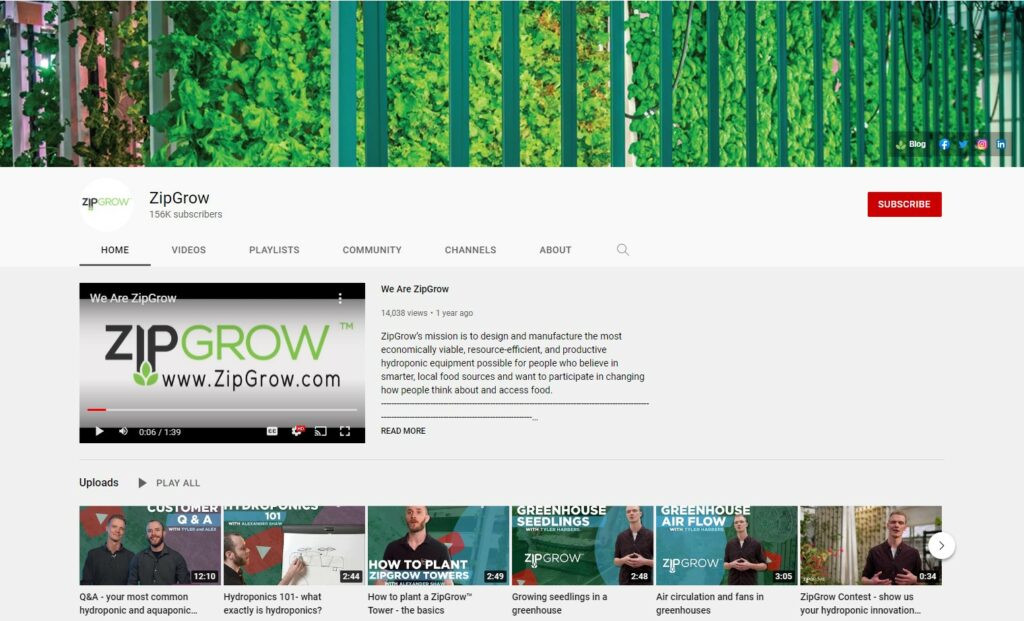You’re starting a hydroponic farm.
We couldn’t be happier to hear it!
Distributed food production on a local level brings stability to our food system, better profit and freedom to farmers, and higher quality food to producers and direct to consumers.
That being said, we want to see the transition for those scaling up to a commercial operation to go as smoothly as possible, and that means removing obstacles that keep farmers from starting up their farms. One such obstacle is the problem of badly matched equipment.
A variety of equipment exists for small, innovative farmers. Unfortunately, many beginning farmers choose equipment that doesn’t suit their needs, their growing environment, or their business model.
This problem is easy to solve with some careful consideration and planning- and that is exactly what we are here for.
The principles here are based on a ZipGrow™ hydroponic system and should be helpful to most small modern day farmers in controlled environment agriculture. They can often be applied to other techniques such as DWC, NFT, and Dutch buckets.
Labor considerations.
Before you purchase a commercial system, make sure you’ve selected the best option by asking, What will the system components weigh?
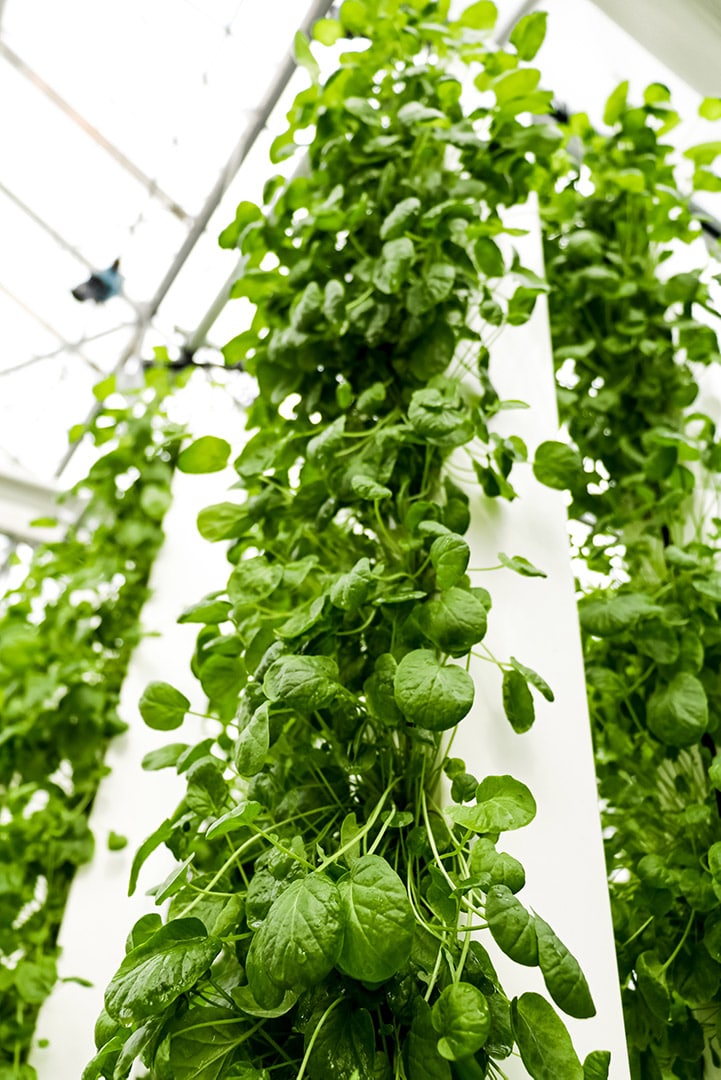
Carefully consider the weight of system components – especially those that you’ll be moving or working with on a daily basis.
How heavy are the rafts or towers – including when they’re full of water?
How do they compare with other options? In terms of crop selection- what does your market need?
Will your greenhouse workers or farmers need to be exceptionally strong?
What are the physical demands of my laborers? Will they be bending over regularly or not?
What other physical or stamina requirements will the system require of your laborers?
Having to bend over all day or not makes a BIG difference in labor conditions.
The more physical requirements your system demands of your labor, the harder time you’ll have finding – and maintaining – steady employees.
Is the system easy to use?
When you’re spending hours each day working with a system, it’s important that it be easy to use.
In a small system, difficulties remain small. When you go commercial, every difficulty is magnified.
You could stack rafts fifteen feet high to maximize your production – but will you need to be an acrobat (or more realistically, a forklift – scissor lift) to access those upper levels?
Will you have to roll an entire section out of the way to perform maintenance?
Think critically about how your system will be used.
What will my labor costs be?
And, more importantly, how is the system actively working to reduce them?
Systems may appear to grow a large number of plants, but that can come with a high labor price.
Labor represents 80% of conventional production costs. Look for technology and equipment that reduces this.
Function Considerations.
Complete systems and turnkey hydroponic farms include the growing equipment, auto-dosing systems, CO2 enrichment, lights, support equipment, plumbing, installation, support/consulting, and more. They come with all the plant production equipment you need to immediately start growing as efficiently as possible.
Make sure that systems you’re considering include the same.
And going back to support. Does your support offer knowledge from ongoing research and development of their own? As the industry evolves, you will be better positioned if it does.
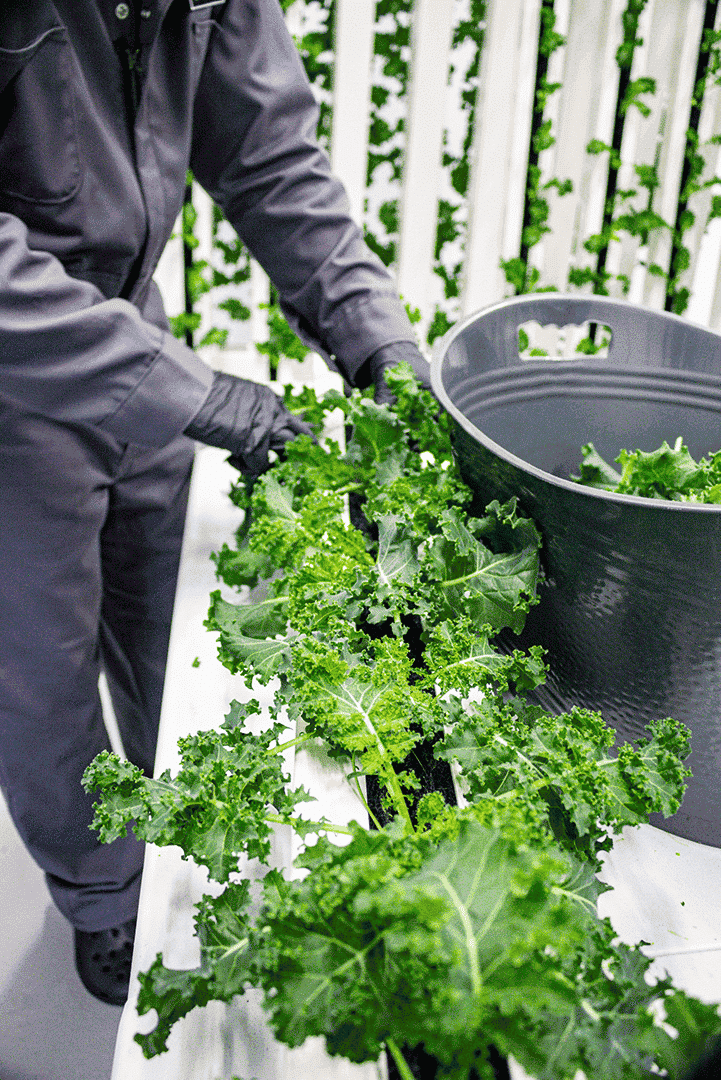
Is the system efficiently using heating and cooling resources?
Greenhouses and controlled environments indoors are heated or cooled by the cubic foot – that is, they must be heated from top to bottom, whether your plants are growing horizontally or vertically. So why waste all of that air space – and cost – with a system that only grows in one, horizontal dimension?
Is the system maximizing light use?
In a greenhouse setting light is a finite resource for plant development. Will shading or crowding stop your plants from accessing the light they need? ZipGrow™ Towers are designed to reduce light extinction by using a one-sided design.
Other designs may grow a higher number of plants using all sides of a tower, but none of those plants will grow nearly as well when they are unable to access enough light.
For an indoor setting using artificial light you may be looking at HID, LEDs and fluorescent lights. Each lighting type has pros and cons, so examine each option carefully, keeping factors like initial cost, operational cost, replacement cost and the cost of heat removal in mind.
Does a ZipGrow system make sense for your business?
ZipGrow systems are popular commercial choices as the Towers are lightweight and systems are scalable. Just ask a ZipGrow farmer and they will tell you, they are easy to plant, move, maintain, and harvest. Their height is manageable for any adult.
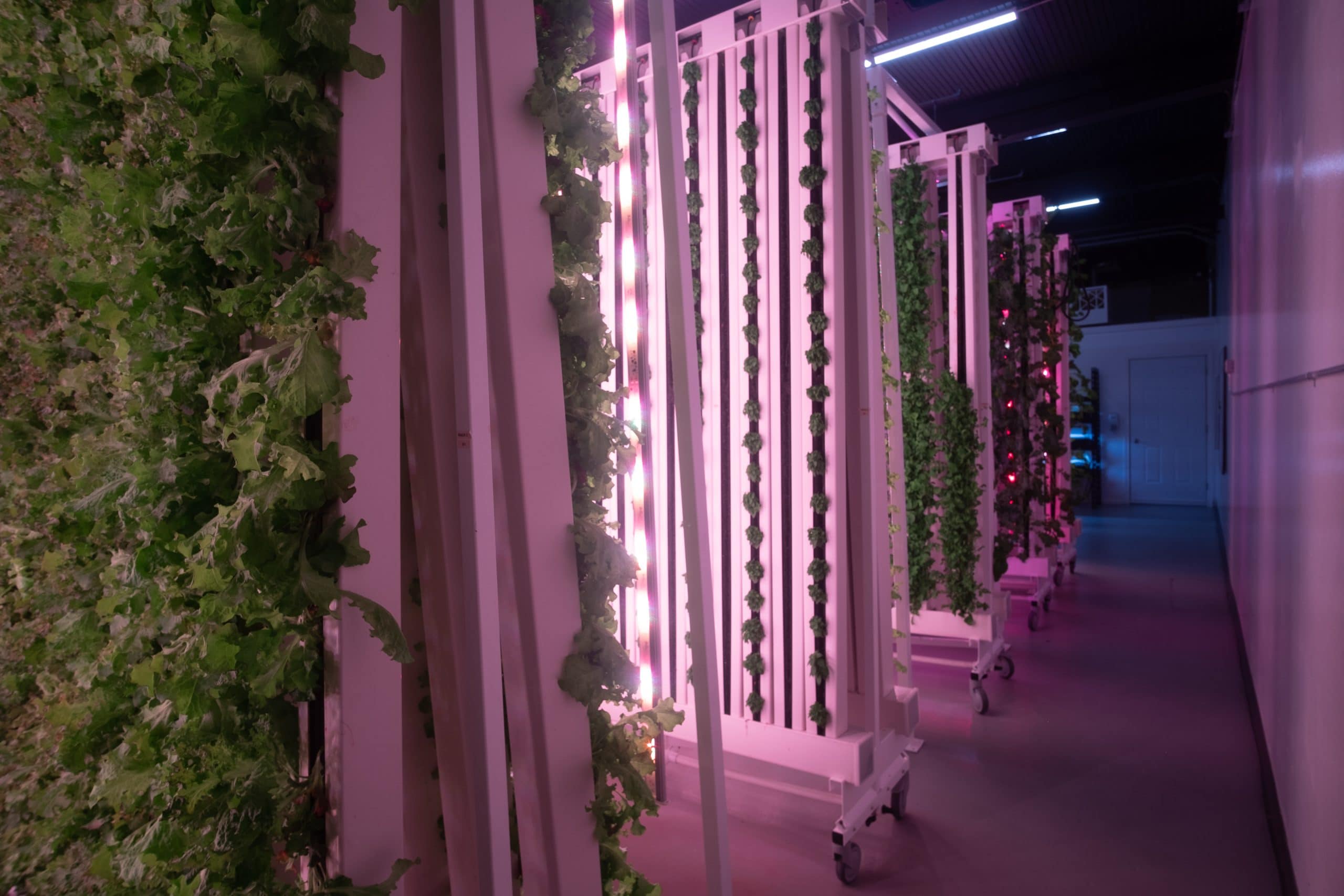
Your success is our success, but it is work and being a modern farmer requires equal parts adaptability, creativity, perseverance and customer service. In addition to growing fresh, flavorful food, you’ll also be a marketer, plant scientist, accountant, plumber, salesperson, community educator, social media manager and everything in between.
So what’s next?
A lot of today’s most passionate growers don’t have the skills or experience needed to start or scale a hydroponic farm with confidence.
It’s important that you also understand basic hydroponics and how you can add value, better market your products and project farm revenue?
Other things you should be considering are- what type of business will it be? Who will be your buyers? How do you assess your local market? How do you get started and when do you scale up?
That’s where UpStart University can help by providing other useful resources and ebooks about managing, marketing and scaling a hydroponic farm. The best start is Upstart.
Consider starting with the fundamentals before jumping in at the deep end and learning from 30+ multimedia-rich courses, engaging student forums, and free educational articles.
At ZipGrow we grow farmers of all sizes and business models. Upstart University can empower you to build, operate, and succeed with your own modern farm.
Try out a Free 7-day trial here


